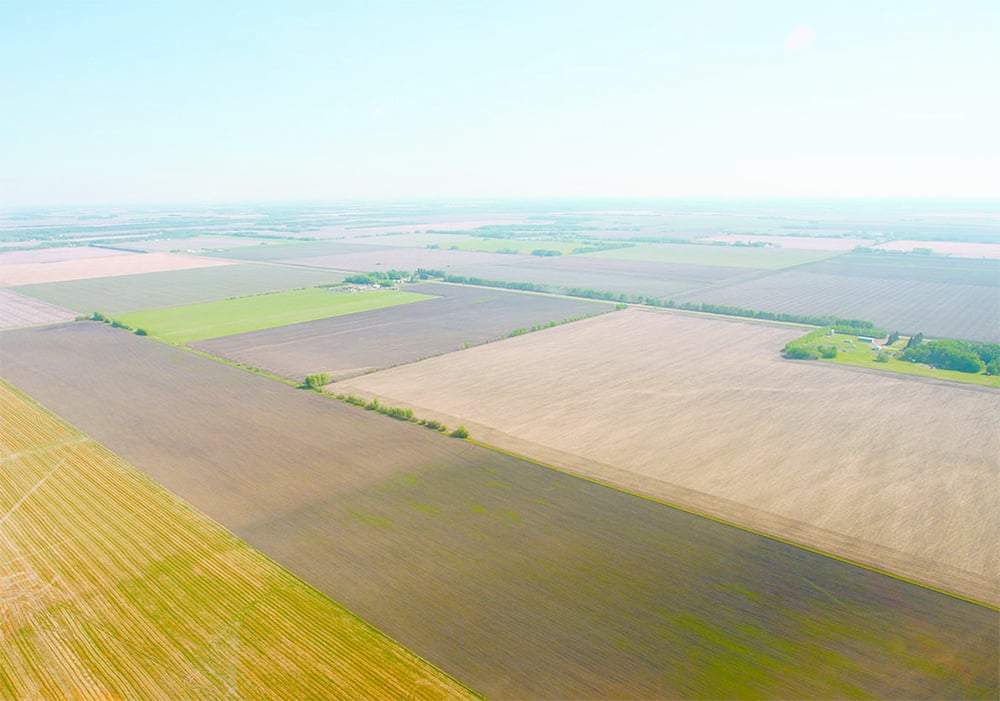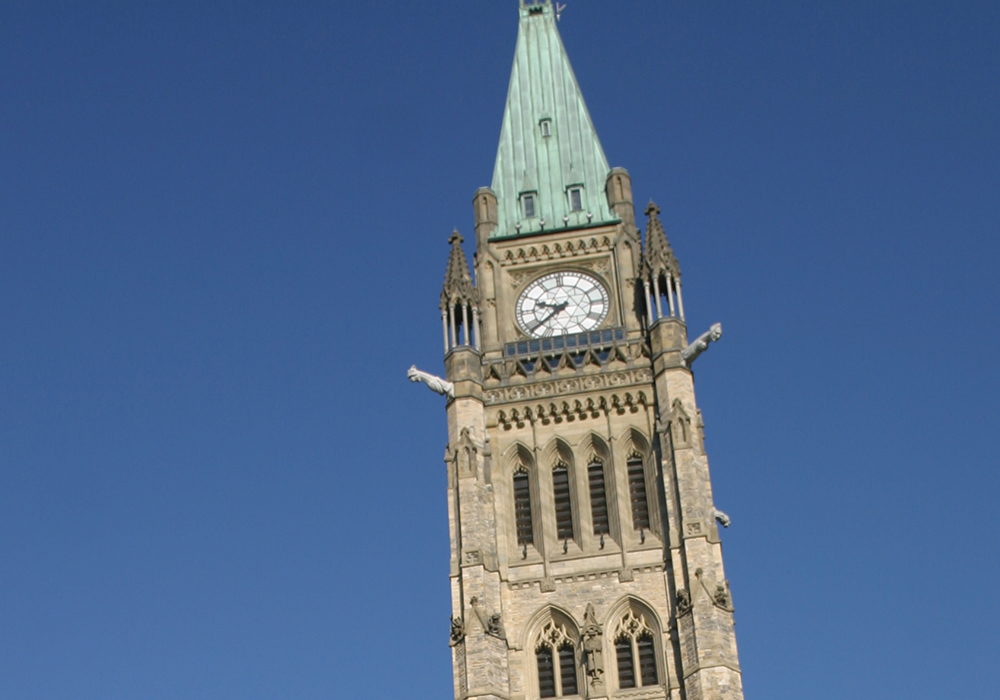Certain Canadians may be in for a very expensive tax bill if they don’t act before the Dec. 31 deadline.
If you reached the wonderful age of 71 in 2018 and still have funds on deposit in an RRSP, the federal government requires you to wind it up by the end of your 71st year. So before Dec. 31, you will want to search out the best way to collapse your RRSP so you can minimize your tax bill.
If you don’t transfer your RRSP to another registered plan, like an annuity or Registered Retirement Income Fund (RRIF), the Canada Revenue Agency will treat your entire RRSP savings as income taken in 2018. The tax hit could be substantial.
Read Also

Farmer ownership cannot be seen as a guarantee for success
It’s a powerful movement when people band together to form co-ops and credit unions, but member ownership is no guarantee of success.
RRIFs are set up in a manner that requires you to withdraw a minimum amount every year. If there is a great deal of money in your RRIF, that proportional withdrawal could substantially increase your tax bill.
There is a way you might be able to reduce your tax liability in the early years of withdrawals from a RRIF. By making a one-time election with CRA when you start up a RIFF, you can register the RRIF based on the age of your spouse if he or she is younger.
If you are 71, say, and your spouse is 64, by registering the RRIF on your spouse’s age, the RRIF withdrawals will be divided into seven additional years and therefore be lower. You will be reducing the annual minimum you will be required to withdraw from your RRIF, thereby conserving capital and allowing the RRIF to grow.
Another option is to use part of your RRSP funds to set up a small RRIF at age 65 to take advantage of tax credits that relate to the first $2,000 of qualifying pension income.
By transferring $14,000 from your RRSP to a RRIF at age 65 and then withdrawing $2,000 per year from 65 to 71, you are taking that $14,000 virtually tax-free, federally, if you are in the lowest tax bracket in 2018. If you have a higher marginal tax rate, there will be some tax cost but not as high as it would be otherwise.
Pension income splitting allows you to double up the RRIF withdrawal to $4,000 per year subject to certain conditions.
You are still eligible to make a contribution in your final year so you should make the maximum contribution available to you and carry forward the deduction to minimize income levels and maximize Old Age Security payments in the following year. In fact, you should consider making an over-contribution in December of the final year and take the penalty.
If you earned enough in your final year of an active RRSP to generate a $10,000 contribution, you can make the $10,000 overpayment in December and pay a penalty of only $80 on the amount. The benefit is you’ve added almost another $10,000 to your portfolio, which you can roll over into longer tax-deferral-friendly investment vehicles.
In any case, you should consider getting tax or financial advice as soon as possible to help you collapse your RRSP in a tax-efficient manner. Waiting for the Christmas season to take action might leave you short of time.
Grant Diamond is a tax analyst in Saskatoon, SK., with FBC, a company that specializes in farm tax. Contact: fbc@fbc.ca or 800-265-1002.














